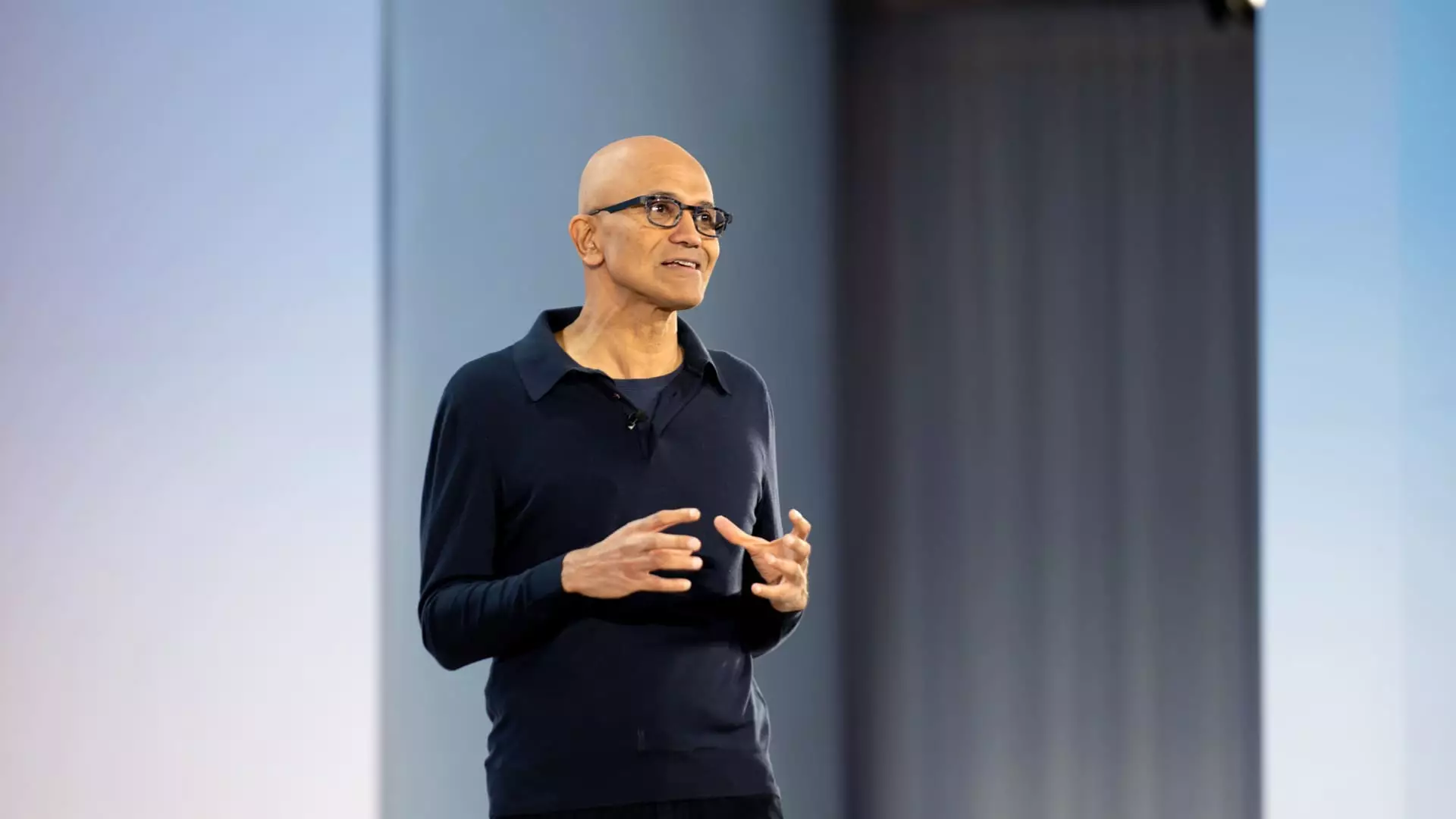Microsoft recently made the decision to change its approach regarding the Recall feature on new PCs after security researchers discovered potential vulnerabilities that could be exploited by attackers. This decision reflects Microsoft's ongoing effort to balance innovation with user privacy and security concerns.
The Recall feature was initially highlighted as a key capability of the forthcoming Copilot+ PCs during a press briefing. This feature enables users to capture screenshots and search through their activity on the computer. However, following the security concerns raised by researchers, Microsoft has decided to make the Recall feature opt-in by default.
Security practitioners raised concerns about the potential for attackers to access sensitive user data through the Recall feature. They developed software called Total Recall that exposed the data Recall collects, including unencrypted screenshots stored locally on the user's computer. This raised concerns about the security of usernames and passwords captured in the screenshots.
In response to the security concerns, Microsoft announced additional security protections for the Recall feature. These include encrypting the search index database and requiring users to enable Windows Hello enrollment to access Recall. Windows Hello uses methods such as PIN numbers, facial recognition, or fingerprint authentication to verify the user's identity.
Kevin Beaumont, a former Microsoft cybersecurity analyst, praised Microsoft's decision to make the Recall feature opt-in, stating that giving users the choice to enable such features can prevent security issues in the future. This shift reflects a growing emphasis on user consent and control over data privacy in the tech industry.
Microsoft's decision to make the Recall feature opt-in by default demonstrates a commitment to prioritizing user privacy and security. By implementing additional security measures and requiring user authentication for access, Microsoft aims to address the concerns raised by security researchers and ensure that users can trust the technology they use. This shift towards giving users more control over their data sets a positive precedent for respecting user privacy in the evolving landscape of AI technology.

